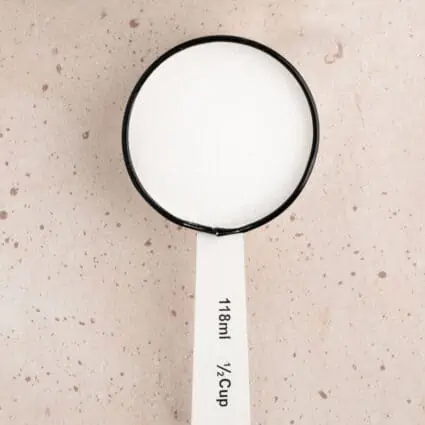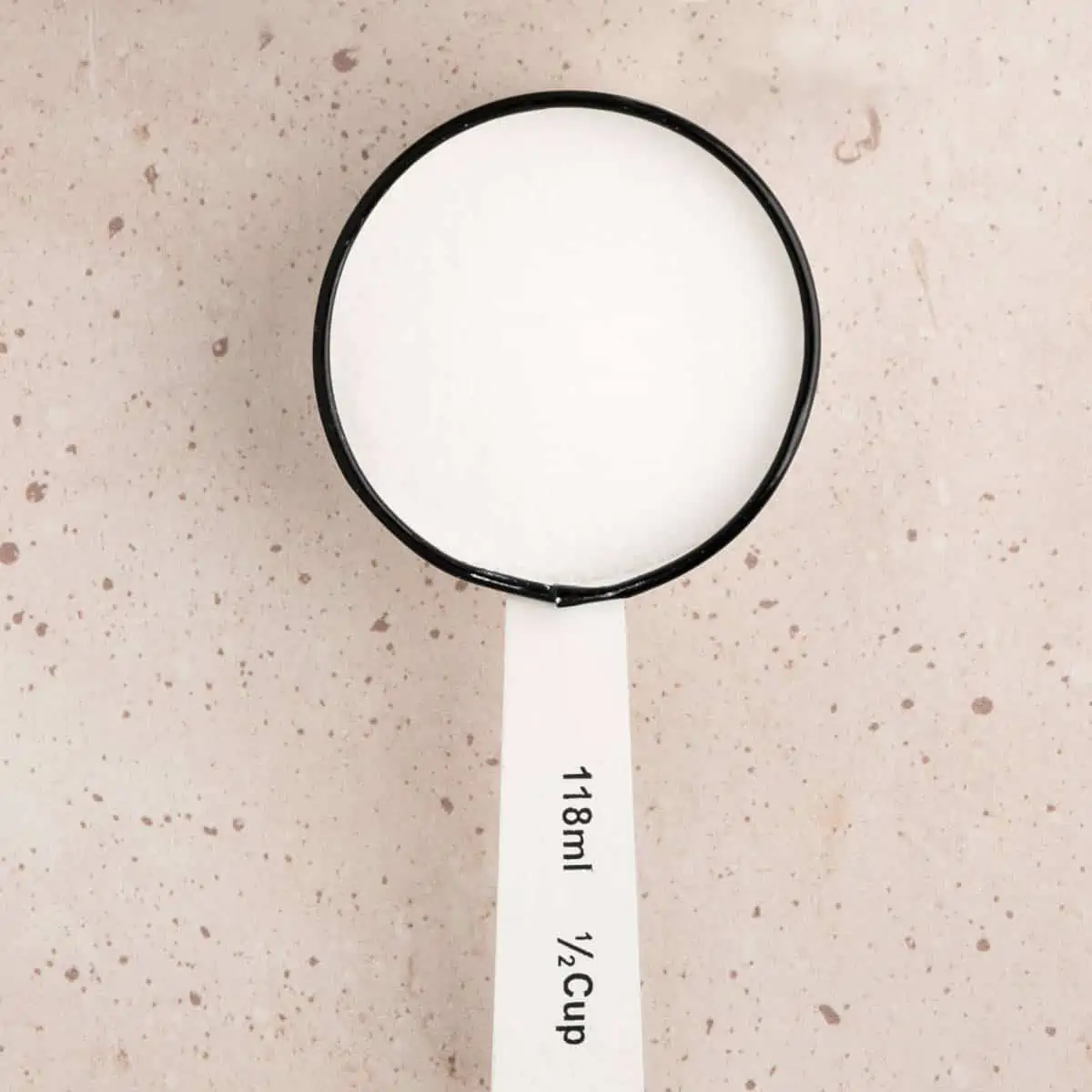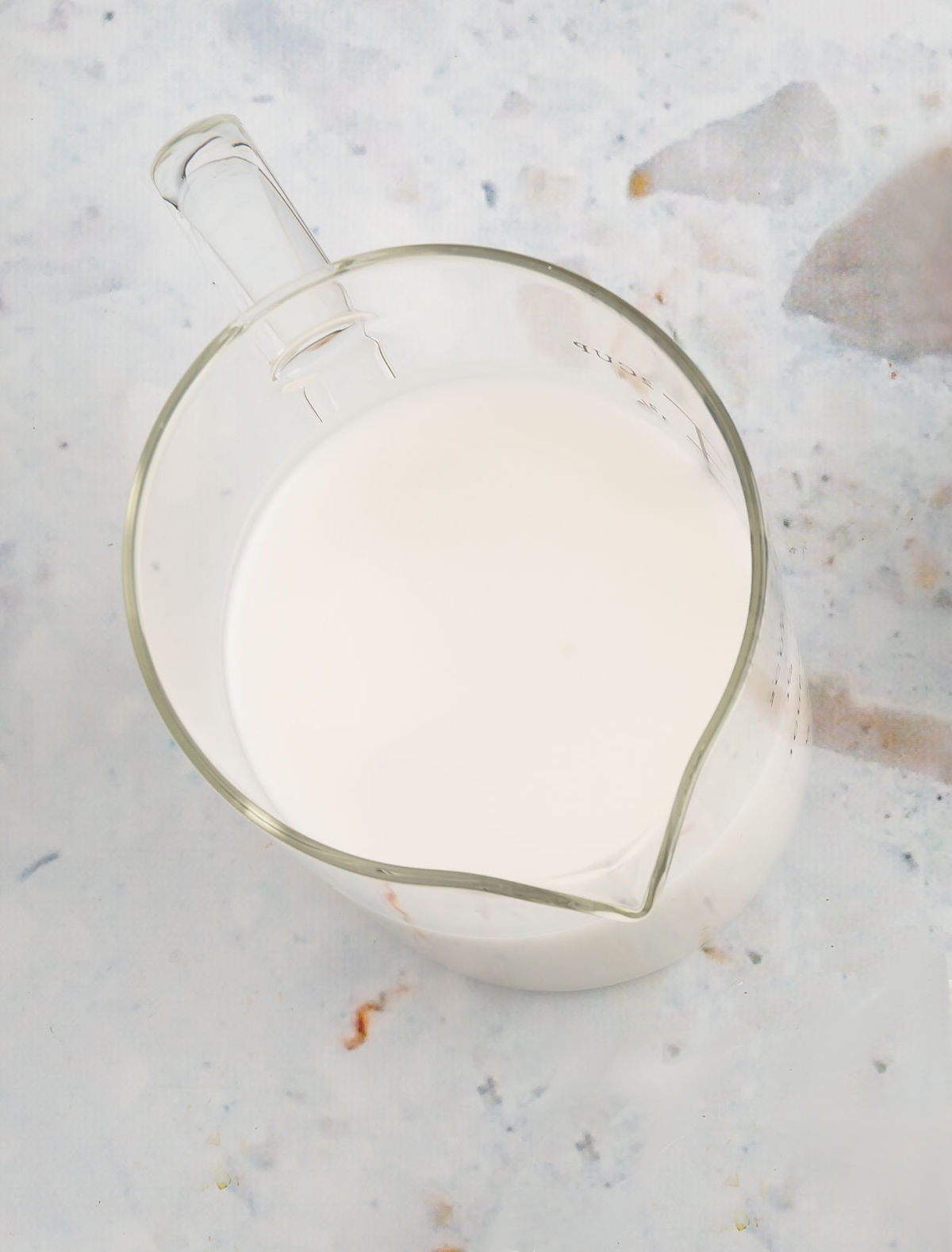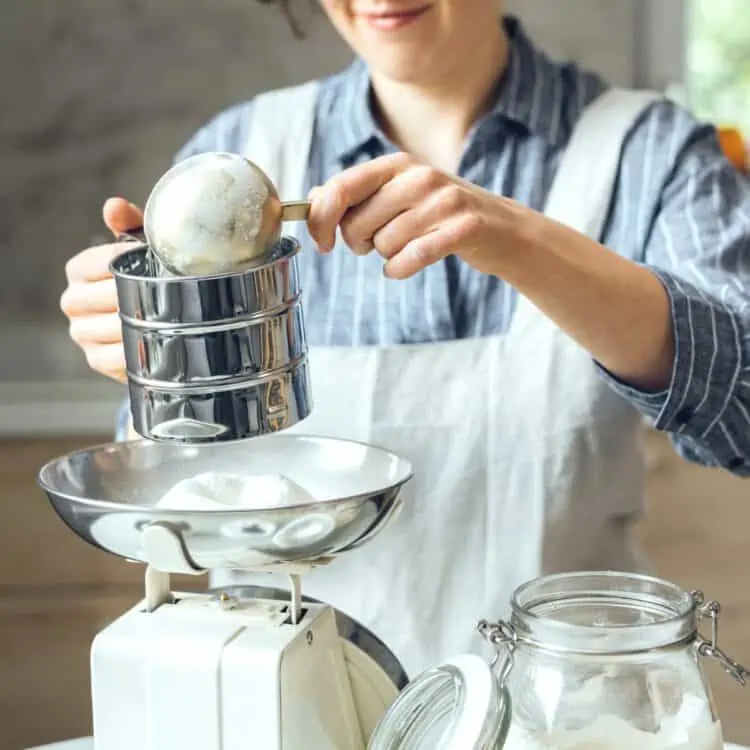How Many Cups in a Liter?


When you go to pour yourself a glass of water, it’s unlikely you’re thinking about getting an accurate measurement, and even less likely that you’re considering it as anything other than a cup. When you’re working with a recipe and need a more precise amount, it can be tough to make that conversion. How many glasses of water are in a liter anyway?
Cups are the most common standard for volume measurements in American recipes, making the jump to liters particularly tricky. How many cups in a liter is a critical equivalent that you’ll need to know for cooking with confidence.
Table of Contents
What Is A Cup?
US Cups can be used to measure both dry and liquid ingredients. In this equation, we’re focusing on liquid, which can also be expressed as 8 fluid ounces. It measures volume, rather than weight, which explains its origins.
Cup measurements came about as an easier way to account for amounts of ingredients when early colonists had trouble getting “high tech” scales into common homes. Cups were easily obtained, albeit inconsistent.
The cup that we know and use today was standardized in the late 1800s and popularized by Fannie Farmer when she published The Boston Cooking-School Cookbook. Up to this point, you might see cookbook authors call for “teacups,” “coffee cups,” “wineglasses,” and everything in between. Fannie Farmer is often credited as the “Mother of Level Measurements,” but she didn’t invent the system so much as promote it.

What Is A Liter?
Liters are used to describe liquid ingredients only. Also referred to as a “litre” in the international spelling, it comes from the French metric system that describes a unit of capacity equal to one cubic decimeter or 0.001 cubic meter. Americans are probably most familiar with liters when referring to bottles of soda or water sold in large plastic containers of either 1 or 2 L.
How Many Cups In A Liter?
Get ready to take out your notepad because it’s not exactly a neat and easy conversion.
4.2267528377 US cups = 1 liter
That can be rounded down to 4.23 cups, or roughly 4 ¼ cups to keep consistent fractions. The difference is small enough that it can be forgiven in most recipes, particularly in cooking, but can affect the results in baking where the ratios are finely tuned to yield consistent results.
In case you’re still struggling to understand how that all adds up, don’t worry! Here’s a chart of more common cup to liter conversions (rounded):
| Cups | Liters |
| 2.12 cups | 0.5 liter |
| 4.23 cups | 1 liter |
| 8.26 cups | 2 liters |
| 21.15 cups | 5 liters |
| 42.30 cups | 10 liters |
US Cups Vs Imperial Cups
The imperial measuring system accounts of cups in a different way than the United States. 1 imperial cup equals 9.61 US fluid ounces, whereas US cups contain 8 ounces of any given liquid. That means imperial cups are larger than US cups and take fewer to fill a liter. 1 Liter contains 3.5195 Imperial cups.
More Cooking Conversion Resources
How to Convert Grams to Pounds
Calculating Liters in a Gallon
We hope you found this guide helpful for learning exactly how many cups are in a liter! This article was written with support from Hannah Kaminsky and edited by Rachel Lessenden. Photos by Amanda McGillicuddy for World of Vegan, all rights reserved.






Leave a Comment